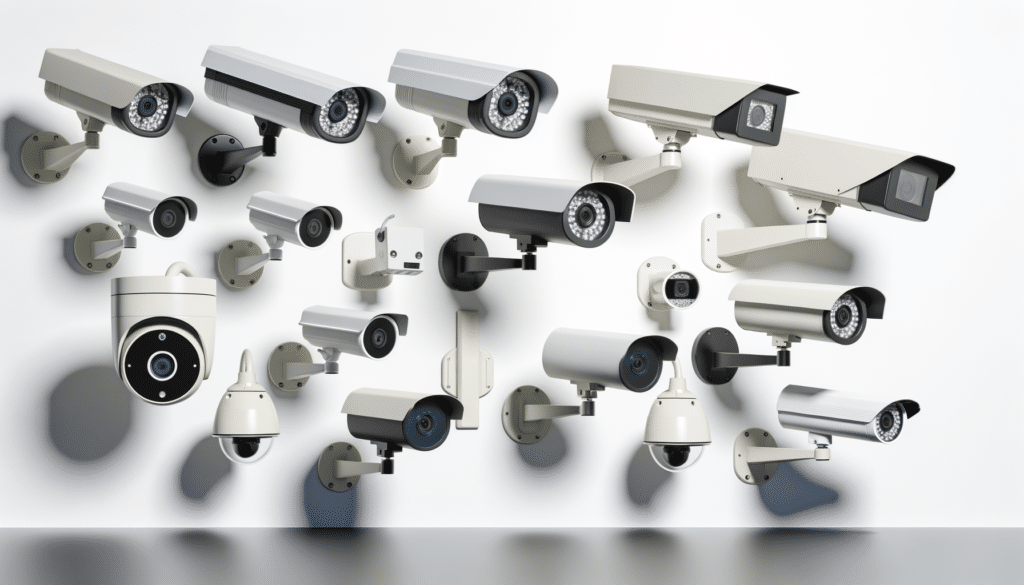Benefits of Remote Access
One of the standout features of contemporary security cameras is remote access, which allows homeowners to monitor their property from anywhere in the world. Through a secure internet connection and a compatible app, users can view live feeds, replay recorded footage, and even control the camera settings directly from their smartphones or computers. This flexibility ensures that you remain informed of any happenings at your residence, even when you are miles away. Additionally, remote access offers peace of mind by ensuring that help can be summoned swiftly should a security breach be observed. The convenience and control provided by remote access are invaluable, particularly for those who travel frequently or manage multiple properties.
Choosing the Right Camera Type
When considering a security camera for your home, it is essential to understand the different types available to match your specific needs. Dome cameras are commonly used for indoor installations due to their discreet design and wide angle of view, making them ideal for observing extensive areas within a home. Bullet cameras, recognized for their long cylindrical shape, are typically employed outdoors for their durability and long-range focus. Additionally, pan-tilt-zoom cameras offer versatile viewing options with remote-controlled adjustment capabilities, providing comprehensive coverage of large spaces. Selecting the right type of camera ensures that it not only fits the aesthetic of your property but also serves its intended function effectively.
Integration with Smart Home Systems
As smart home technology continues to evolve, integrating security cameras into these systems becomes increasingly accessible and beneficial. Cameras that are compatible with smart home ecosystems can be connected to other devices such as smart locks, lighting, and alarms, creating a cohesive and automated security solution. For instance, cameras can trigger lights to turn on when motion is detected, deterring potential intruders. Similarly, when combined with smart doorbells, these cameras can enhance entryway security by allowing you to see and communicate with visitors even when you are not home. This integration streamlines home management features and adds an extra layer of security to your residence.
Data Storage and Privacy Considerations
Another critical aspect of modern security cameras is the management of data storage and ensuring privacy is maintained. Many systems offer cloud storage solutions, enabling users to store footage offsite where it is safeguarded against physical damage or theft. While this ensures that crucial evidence is not lost, it is paramount to consider the privacy policies of these services to protect personal data. Users should be aware of how their data is stored, accessed, and shared by service providers. Some systems provide local storage options via SD cards or network-attached storage devices, granting users greater control over their data. Understanding these elements will help users choose a camera system that meets their security needs without compromising privacy.

